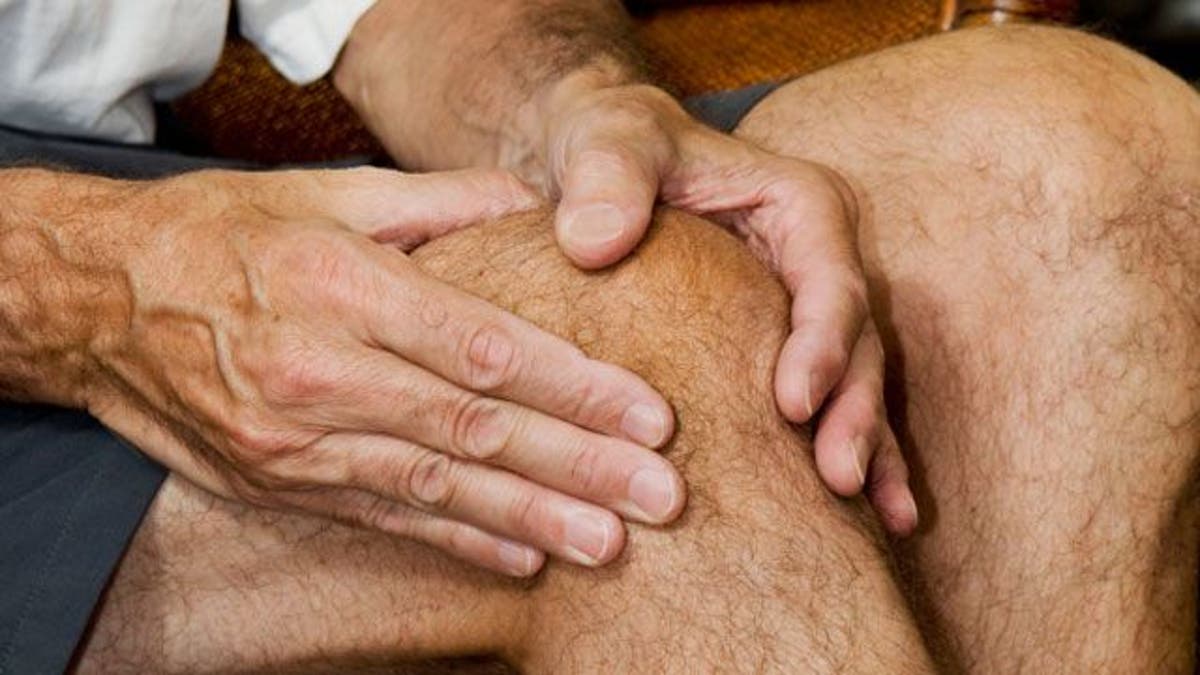
People who have had reconstructive surgery for a knee ligament tear develop wear-and-tear arthritis in the injured knee three times more often than in the uninjured knee, according to a new study.
About 200,000 anterior cruciate ligament (ACL) injuries happen each year in the United States, and half of those injuries are surgically repaired, according to the American Academy of Orthopaedic Surgeons. Usually, surgeons replace the torn ligament with a grafted replacement.
Osteoarthritis occurs when protective cartilage on the ends of bones wears down, and it can't be reversed. Researchers have known that reconstructed knees get osteoarthritis more often than healthy knees, but how much the risk increases was hard to determine.
"The time interval between the ACL injury and osteoarthritis is long, usually more than five years," Dr. Bjorn Barenius said.
Barenius worked on the study at the Karolinska Institutet in Stockholm, Sweden.
"Ten to fifteen years after the injury is often quoted as a time when you can expect signs of osteoarthritis," he told Reuters Health in an email.
But osteoarthritis can be influenced by many factors, like sustaining more injuries or gaining weight, which might make arthritis hit earlier, he said.
For the new study, radiologists examined X-rays of both knees of people who'd had ACL surgery at least 14 years earlier.
Based on the expert assessments, 57 percent of ACL-reconstructed knees had arthritis, compared to 18 percent of healthy knees, according to the results published in The American Journal of Sports Medicine.
How long people had waited between the knee injury and surgery didn't seem to change their likelihood of having arthritis.
Since there was no comparison group of people who had ACL injuries that were not repaired with surgery, it's impossible to say if the surgery or the injury itself increased arthritis risk, Barenius said.
Surgery may help keep the knee from giving way during sports but not restore all of its normal mechanics, he said.
When the ACL is compromised, the knee joint essentially gets looser, so bones put more pressure on cartilage, which then wears away quicker, said Yasin Dhaher. He studies orthopedic injuries at Northwestern University in Evanston, Illinois.
"But . . . it is very rare that you would have an isolated ACL injury," he said.
"The injury is usually complex and includes meniscal tear," which exposes more cartilage to higher wear and tear, Dhaher said. He was not involved in the new study.
For athletes who have ACL reconstruction, osteoarthritis may start to affect their performance many years down the line, but they will have more immediate issues to deal with first, he said.
"For most sports and most athletes the instability of the ACL injury will affect their sport more than the future prospect of osteoarthritis," he said.
As far as what patients can do to try to ward off arthritis, Barenius suggests maintaining a healthy weight.
Rehabilitation and exercise can help too, Dhaher said. Without surgery, most badly injured knees do develop arthritis, he said.
